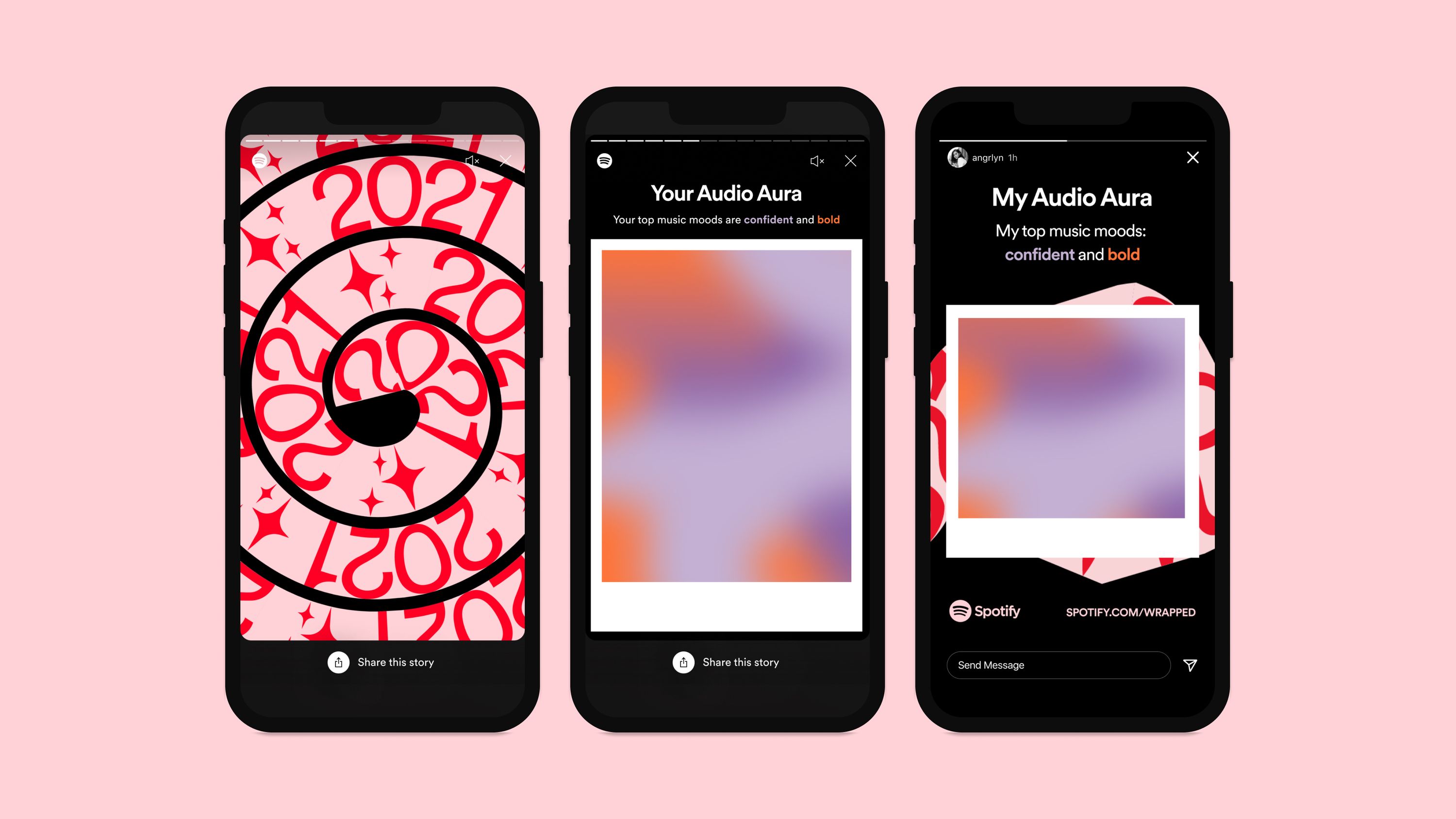Stockholm Syndrome
November 23, 2022 Spotify Algorithm Tracking Music Edges
Grappling with Spotify and the surprising allure of being tracked.

We’re mere days away from Spotify Wrapped, when the Swedish music giant unveils each user’s listening statistics for the year. There will be great fanfare on social media, some will post their top artists, others will moan about them posting their top artists, but one thing is certain: We’ll all be inundated with stats.
Last year, I watched the results come in from a terrace in Valencia. I had escaped Berlin for a week and was reveling in the glories of late afternoon daylight when the Wrapped appeared. I remember that exact moment, because the whole experience felt delightful: Here were the day’s last sun rays, here was my drink and some olives, and there was a summary of everything I had been listening to during the year.
Downright immoral
The unveiling is a rare moment of synchronicity: On some arbitrary day towards the end of the year, millions of people are shown their listening behavior at the same time. The experience is communal—and the reaction predictably the same: There’s some knee-jerk sharing, some eye-rolling about the obscure micro-genres, and some complaining about Spotify being the behemoth that it is.
Last year I also read a lot of criticism from people who found the whole exercise creepy: In effect, Spotify was telling everyone how much data they had collected, how they were tracking our behavior and mapping out our taste, and instead of being horrified we all shared the statistics on the socials.
As the year progressed, I’ve read and shared a bunch of articles on Spotify, mainly how the company—whose service I use every day—has distorted music discovery and song popularity, but also about how much Spotify has become ad-tech, charging money for access to their catalogue only to monetize user data by selling it to advertisers. They’re also underpaying musicians, actively destroying the open podcast ecosystem and paid millions to have Joe Rogan on their platform. Spotify, as a company, is downright immoral.
The paradox is that I nevertheless find myself using the platform and looking forward to Wrapped. To get that statistic of what I’ve been listening to, to quantify the experience of listening to music. It’s kept me from changing to a different service, and though I’m not proud to admit it, I dread “distorting the statistics” by listening to music elsewhere.
It creates edges
Music has always helped me remember the frame of mind I was in at a given point in time. That means reading about an album I had on repeat in February takes me back to those days, and seeing the songs of an artist I discovered in the summer allows me to remember what I was doing then. That is the power of the summary: It rolls out the entire year before you, and it shows just how many listening hours, how many songs, and how many associated memories fit into 365 days.
What makes Wrapped so powerful is that it cuts through the ephemerality of the streaming experience and draws a line under the year, as if to say “This is it, we’re done”. It gives edges to the listening experience.
And that’s the allure of Wrapped: Even though the music is never ours, even though access would stop as soon as we stop paying, the yearly summary makes it feel personal.
The overall experience of digital content is endless. We consume endless content streams, pull to refresh our timelines, binge entire seasons of TV shows only for new shows to launch in the process. When we create and share, we build up our own feeds, construct timelines that grow into the sky. Rarely is there ever a break, hardly a chance for reflection (even if choosing from endlessness inevitably reflects a choice).
All it takes to give us pause is a nice summary. The entire experience neatly packaged up: Wrapped.